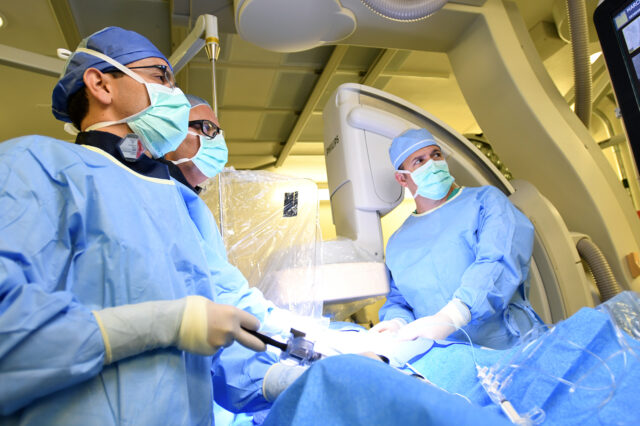Vascular Interventional Radiography Certificate Program

Please Note
The Vascular Interventional Radiography Certificate Program is not accepting applications for the March 2024 cohort. We appreciate your interest in our program. Please check back soon for updates.
UF Health Jacksonville provides training that leads to a certificate of completion in Vascular Interventional Radiography. This highly successful program takes 6 months to complete. This is a limited-access program, which means that all applicants may not be accepted even though they may meet all the admission requirements. Candidates registered by the ARRT in Radiography (R) will have first consideration for enrollment in this program.
Thank you for your interest in this terrific advanced learning opportunity. If you have any questions, please feel free to contact us by phone or email.